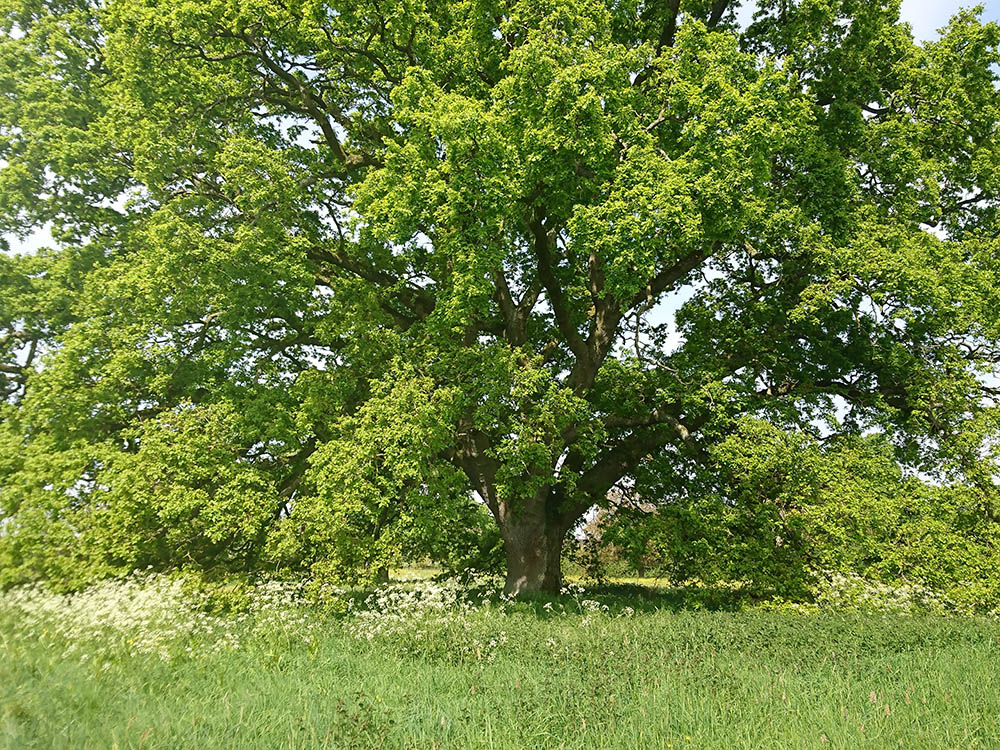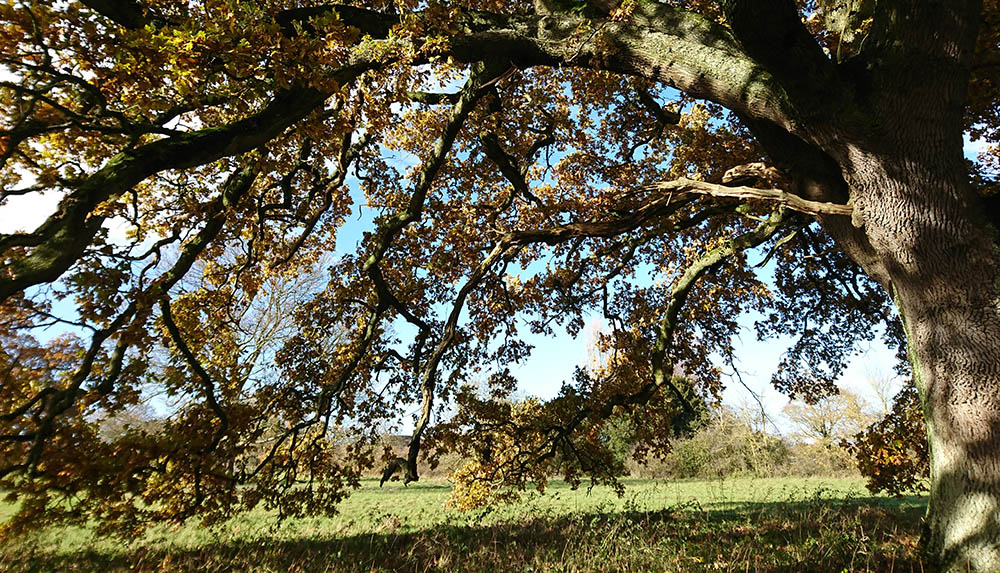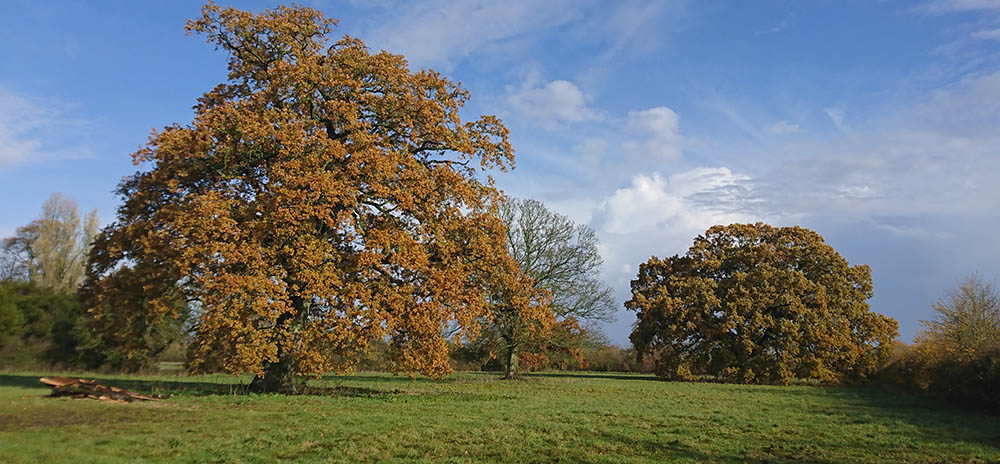Who knew you could vaccinate trees?
Well, I for one didn’t! But thanks to a fascinating talk by Dr Glynn Percival of the University of Reading at the Organic Matters conference in Bristol I know a lot more now and will be using this knowledge to boost the defences of many of my favourite trees.
I knew that you could trigger plant responses by using salicylic acid (aspirin) as I like to treat my tomatoes with a dose. I dissolve half an aspirin in a few litres of water and feed it to my tomatoes towards the end of the fruiting period, tricking them into thinking they are under attack. They respond by pumping sugars into their fruits to make them more attractive to the animals that will disperse the seeds, a totally altruistic response to ensure survival. Vaccination works in a similar way, triggering plant defences and boosting their immunity levels.
With climate change and the problems with global plant security, arboriculturalists are having to cope with more pests and diseases and the situation is only going to get worse. In fact, Dr Percival was quite downbeat about the future of oak, ash and horse chestnut in this country because of the threat of disease.

Currently, we treat tree disease by either spraying a fungicide, which is not easy given the size of trees, the cost, and the risk of resistance developing, or by felling the affected tree and burning the wood. This latter approach doesn’t give the plant much time to respond to the disease and build up its own defences to fight off the pest – remember trees react slowly so a response could take years.
So, why not take a vaccination approach as we do with humans. Interestingly, its not a new idea as more than 100 hundred years ago scientists inoculated single leaves of tobacco plants with tobacco mosaic virus to reduce the levels of subsequent infections. More recently, researchers in the Netherlands have vaccinated more than 500,000 urban Dutch elms with Verticillium albo-atrum, a fungus that has been found to boost a resistance response to Ophiostoma that causes Dutch elm disease and of the vaccinated trees, only 0.1% have been infected by the disease.
Unlike human vaccines which are specific to a single disease, a plant ‘vaccine’ improves all round defences against a wide range of diseases. Researchers have recorded a build-up of anti-microbial proteins, phenolics and terpenes and noticed that plants produced thicker leaves that are less susceptible to pathogens, while conifers increased resin production.
Dr Percival has carried out research into the use of soil amendments to reduce severity of disease in trees, trialling chitin (the substance found in fungal cell walls and crustacean shells), phosphites, biochar and use of single tree species mulches, such as willow, poplar and eucalyptus. All were found to be effective to some degree, particularly willow. As willow mulch decomposes, it releases salicylic acid, which stimulates root vigour and boosts the production of phenolic compound that help the tree defend itself against disease. Phosphites have been found to be effective against apple scab and bleeding canker in horse chestnut. This winter I will be coppicing and chipping some of the willow on farm and applying a willow mulch around my fruit trees to reduce the incidence of apple scab, but more of that in my next blog.

So back to my own trees. I have some wonderful veteran oak trees in the field in front of my office and worry that they will succumb to acute oak disease. One already has some die back which I’m not sure is age, stress or disease, so I asked Dr Percival how I could protect them by boosting their defences. He suggested a commercial product, Rigel-G, which contains salicylic acid and garlic. It’s used as a soil drench which is applied to the ground under the canopy, from the trunk to just beyond the drip line. The salicylic acid induces a response in the roots. As always it works better as a preventative treatment rather than waiting until signs of the disease are seen. The aim of the treatment is the create a hardier plant that will have improved vigour. The treatment is 30ml in 20 litres applied over 300 m2 with a handheld spray. The manufacturers claim that it also works against caterpillars, slugs and snails, vine weevil grubs, cabbage root fly, wireworm and leatherjackets, so I assume that may be the garlic element. I may be applying this to some of my veg beds!
If you want to read more about this fascinating subject read Dr Percival’s article here – it’s a great informative read https://www.bartletttree.co.uk/resources/controlling-tree-diseases-thinking-outside-the-box.pdf.
There was plenty to interest me at the Organic Matters conference, hosted by https://organicgrowersalliance.co.uk/ The proceedings were filmed and should be available in the website in due course.




